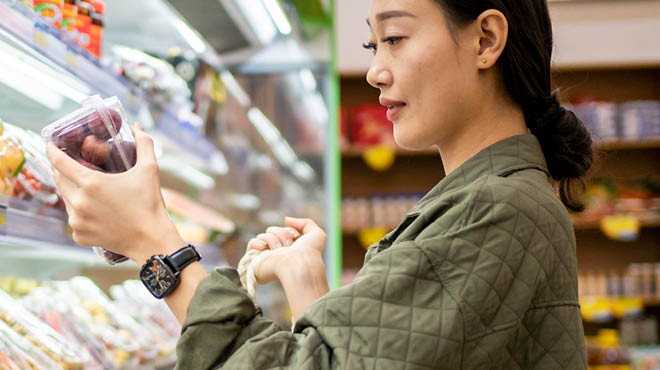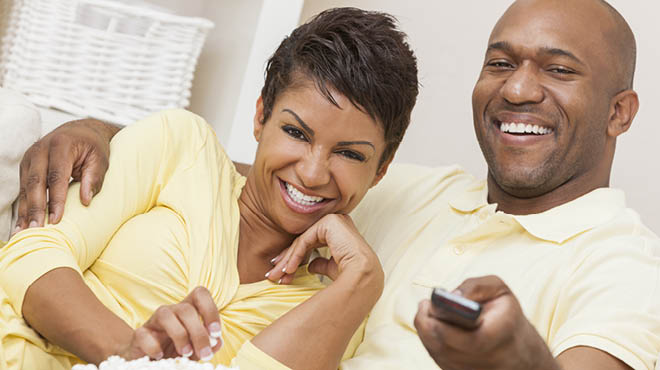My colonoscopy: Gastroenterologist gets own medicine

Dr. William David Farrar, a gastroenterologist from Mayo Clinic Health System in Red Wing, gets personal about a subject many of us would rather ignore: colonoscopies.
A CALL FROM MY FATHER
I knew something wasn’t quite right listening to the message on our answering machine early last October. It was my dad. "David, give me a call. I’ve got to talk to you about something." Calling back, somehow I wasn’t that surprised when he told me almost immediately, “I had my colonoscopy last week, and they found an early cancer. So you know what that means.”
I knew exactly what he meant: I needed a colonoscopy. My dad, also a gastroenterologist, knows the recommendations for colon cancer screenings as well as I do. If a person has a first-degree relative (a parent, sibling or child) who had colon cancer, it is recommended for that person to have a colonoscopy either at age 40 or 10 years before the age when the first-degree relative was diagnosed with cancer, whichever comes first. Guess what? I was 40. Rather than waiting until the magic age of 50, I get to have my colonoscopy 10 years earlier than expected.
My dad didn’t seem nervous at all. I think he was more nervous for me. Fortunately, everything went fine for him. The cancer was completely removed by surgery, and because it was an early cancer, he didn’t need chemotherapy.
I, on the other hand, had some work to do. I scheduled my colonoscopy for 8:45 a.m. on Nov. 6, 2012, which happened to be Election Day. To be honest, I was looking forward to getting it done. After performing colonoscopies on patients for almost 10 years, I was somewhat intrigued to experience it from the other side.
PREPPING FOR MY APPOINTMENT
I picked up my prep (Miralax) and read through the instructions on Nov. 4, since the prep would start the next day. Reading through my choices of what I could eat for breakfast and lunch actually made me even hungrier. The next morning, I chose the option of yogurt and a banana. It’s important to drink plenty of clear liquids, so I was gulping down apple juice and a diet soda most of the day. At 11:45 a.m., I had my chicken sandwich, but I wished it was bigger. I finished up work a bit early and was home by 5:15 p.m.
I mixed half of the Miralax bottle in a pitcher with two orange Gatorade bottles. The Miralax acts to flush the system. I drank it down in 20 minutes without any difficulty. Miralax has no taste. I can’t say I loved the Gatorade taste, but it really wasn’t that bad. I took the four bisacodyl pills by 6 p.m., which help the colon to contract and begin to move things through.
It didn’t take long. At 6:48 p.m., I had my first trip to the bathroom. My family had dinner at 7 p.m. I wasn’t too hungry, but only having water while everyone else is eating a nice meal was tough. By 11 p.m., I had six more trips to the bathroom. I have heard several complaints from my patients about cramping pain or nausea from the prep. I really didn’t have either, though I can still sympathize. I felt fine, other than being a bit hungry. I went to bed at 11:05 p.m.
I did wake up once to go again, and then I intentionally woke up at 3:45 a.m. to start the second half of the prep. I downed the second half of the Miralax in two more Gatorade bottles (lemon-lime this time) by 4 a.m. I had to go just four more times all morning. There was truly nothing left in my colon.
At 8 a.m., my wife, Janie, drove me to Mayo Clinic Health System in Red Wing, which is where I work. The receptionist thought I was joking, but she checked me in quickly. My nurse, Glenda, brought me back to my room and got me ready. I wasn’t really that nervous — probably because I knew what was going to happen, and trusted my friend and colleague, Jaswin Sawhney, M.D. It was a bit strange having a friend do the procedure, but it was probably stranger for him than me. I knew I would be asleep. I was tired but ready to get it done.
THE COLONOSCOPY
When it was time to walk to the procedure room, I tried to give my nurses and Dr. Sawhney a hard time to lighten the mood. These are all my friends looking at me on the table when I am usually the one performing the test. It was just an odd feeling. Once I got the medications for sedation though, I was out.
My next memory was Dr. Sawhney asking, “Hey, Dave. What would you do with this? Would you tattoo it?” Uh-oh. Tattooing means either he found cancer or a big polyp. This is done to mark the location of the polyp. I rose up my head and first saw Melissa, my GI technician, looking far more wide-eyed than usual. Then I looked at the TV screen and, fortunately, it was only a polyp. It was a big polyp, but it looked fairly easy to take out through the scope. All I could think was, “Wow. I’m really glad I had this colonoscopy.”
Looking at it more closely, it would be the type that would turn into cancer in the long run. I replied to him that I wouldn’t tattoo the polyp because we knew the location and it looked resectable (removable). My last memory of my colonoscopy was Dr. Sawhney saying, “OK, we’re tattooing it, and give him two more milligrams of midazolam.” Midazolam is used to induce drowsiness. Apparently, he didn’t need any more of my opinions.
The rest of the morning was a blur. I have brief memories of meeting people and then periods of time with no memory. I have a vague memory of calling my parents while Janie was driving me home, telling them I had a big polyp removed.
Overall, I had five polyps, but it was the one big one that scared me. That bigger polyp very likely would have turned into a cancer before I would have had a colonoscopy at the normal age of 50. In a way, I’m strangely thankful my dad was diagnosed with cancer when he was, because otherwise I never would have had the colonoscopy that early in life.
Not everyone has an easy time with their colonoscopy, but for me, it was painless. Prepping wasn’t fun, but it really wasn’t that bad. I get to do it all over again in three years thanks to my bigger polyp, but it’s worth it. According to the studies, a person’s risk of colon cancer is 5 percent if you don’t have a screening — that’s one out of 20 people. I probably would have been one of them. I encourage you, if you are due, to get screened.




